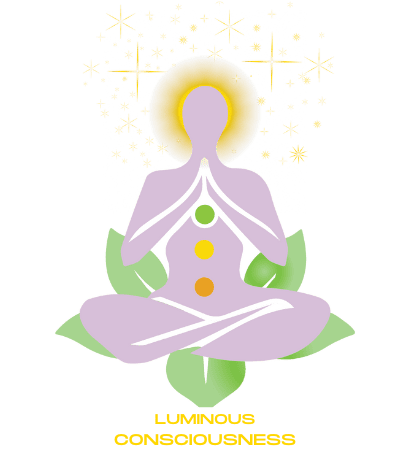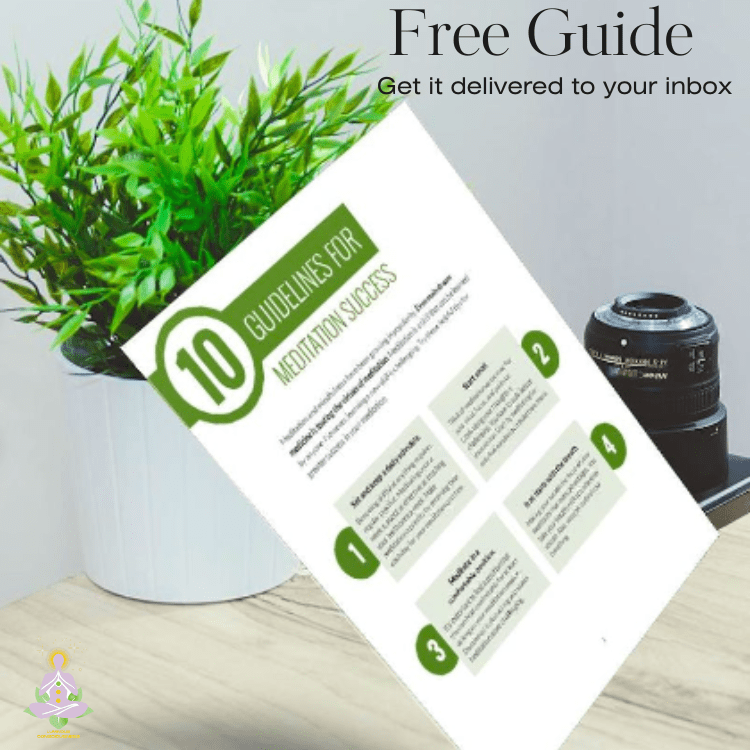Here’s a little transparency: Our website contains affiliate links. This means we may receive a small commission if you click and make a purchase. Don’t worry—there’s no extra cost to you. It’s a simple way you can support our mission to bring you quality content. Learn more at the Affiliate Disclosure page.

The Imperative of Work-Life Balance for Everyone: Professionals, Students, and Entrepreneurs Alike
In today’s rapidly evolving and fast-paced world, achieving a harmonious work-life balance is more challenging than ever. Increasing professional demands, personal responsibilities, and constant digital connectivity make it difficult for individuals across all walks of life to find harmony between work and personal commitments. Despite these challenges, mastering work-life balance is possible and crucial for ensuring long-term success, happiness, and well-being for everyone, including professionals, students, and entrepreneurs.
Why Work-Life Balance is Essential
Maintaining a balanced life yields numerous benefits, both professionally and personally. It boosts productivity, fosters emotional resilience, and improves relationships. Without balance, the risk of burnout, decreased job performance, and strained personal connections increases significantly.
Key benefits of work-life balance include:
- Enhanced productivity: A rested mind is more efficient, leading to better focus and output.
- Better mental health: Reducing stress lowers the risk of anxiety and burnout.
- Stronger relationships: Devoting time to loved ones nurtures stronger personal bonds.
- Greater job satisfaction: When balance is maintained, professionals feel more in control, which improves their work and life satisfaction.
Recognizing the Signs of Imbalance
Sometimes, the need to restore work-life balance is only occasionally obvious. Here are common signs that your balance might need reassessment:
- Chronic stress and fatigue
- Neglected personal relationships
- Lack of motivation at work
- Physical symptoms like insomnia or frequent illnesses
- Guilt during downtime
If any of these resonate with you, it’s time to rethink your balance.

Strategies for Achieving Work-Life Balance
Balancing work and personal life involves conscious planning, boundary-setting, and self-care. Below are strategies that professionals can implement to regain control of their time and well-being.
Time Blocking for Structured Days
Effective time management is the cornerstone of balance. One powerful method is time blocking, which involves dedicating specific blocks of time for work, personal activities, and leisure. You ensure that professional and individual needs are met by scheduling breaks and relaxation periods as rigorously as work meetings.
Tips for time blocking:
- Plan daily: Set blocks of time for high-priority tasks, personal activities, and downtime.
- Include breaks: Scheduling breaks enhances productivity and reduces stress.
- Stick to the schedule: Commit to honoring your time blocks, even for leisure activities.
Embrace Self-Care as a Priority
Self-care is not indulgent—it’s essential. Neglecting it threatens productivity, health, and overall happiness. Treat it like an important meeting you can’t miss. Incorporating mindfulness and meditation into your daily routine can significantly enhance your ability to manage stress and stay focused.
Self-care strategies:
- Mindfulness and meditation: Even short, daily mindfulness sessions can dramatically reduce stress. A quick five-minute meditation break can refresh your mind and improve focus.
- Physical well-being: Regular physical activities, such as yoga, walking, or sports, are critical. Exercise improves mood, boosts energy levels, and supports mental resilience.

Set Boundaries to Protect Personal Time
Setting clear boundaries is fundamental in the digital age, where work is just a click away. It’s about respecting your time and ensuring that work doesn’t creep infringed and vice versa. This is essential to maintaining balance and feeling valued in both your professional and personal life.
How to set effective boundaries:
- Designate “off” hours: Establish specific times when you are unavailable for work and communicate these hours to your colleagues.
- Limit work at home: Create a designated workspace to separate personal and work life.
- Learn to say no: Politely declining additional work can prevent overload and protect your time.
Leverage Technology Wisely
Technology can be a double-edged sword when it comes to work-life balance. While productivity tools can enhance efficiency, constant connectivity can lead to burnout. Therefore, it is crucial to control technology rather than let it control you.
Smart technology use:
- Productivity tools: Apps like Trello and Asana help with task management, while communication tools like Slack improve team collaboration. Meditation apps like Headspace can aid in relaxation and mental clarity.
Digital detox: This practice involves creating digital-free zones or times in your day to disconnect from screens. Doing so can avoid burnout and enhance your presence in personal interactions.
Make Time for Personal Interests
Hobbies and personal interests are vital for well-being. Pursuing activities you love outside work is critical to replenishing energy and maintaining a positive outlook.
Fitting hobbies into your schedule:
- Block out time: Like work tasks, schedule time for hobbies to ensure they’re addressed.
- Combine social and personal interests: Consider joining groups or classes that align with your hobbies, such as a book club or a hiking group.
- Stay consistent: Even small increments of time spent on personal interests can significantly impact your overall well-being.

Learning from Role Models
Observing others who have successfully achieved work-life balance can provide valuable insights. For instance, public figures like [Richard Branson], mentors like [your former boss], or colleagues like [a successful team leader] can offer strategies for adapting to your situation.
Tips for learning from role models:
- Network and learn: Attend workshops and networking events or listen to podcasts where successful individuals share how they manage their balance.
- Adapt and experiment: Be open to trying new techniques and adapting them to fit your unique circumstances.
Continuous Evaluation and Adjustment
Achieving work-life balance is not a one-time event but an ongoing process. It’s about continuous evaluation and adjustment to accommodate changes in both professional and personal life. This reassures you that it’s okay to make changes and adapt as you go, and it’s a sign of your commitment to your well-being.
How to evaluate your balance:
- Conduct self-reviews: Set aside time weekly or monthly to reflect on how balanced your life feels. Are you satisfied with your work and personal time? Are stress levels manageable?
- Implement small changes: Gradual adjustments can lead to significant improvements over time. Modify your routine slowly and observe the impact on your overall balance.
Utilizing Resources and Seeking Support
When facing challenges with work-life balance, seeking out educational resources, community support, or professional guidance can provide much-needed assistance.
Resources to explore:
- Educational books and podcasts: Consider reading books like “Essentialism: The Disciplined Pursuit of Less” by Greg McKeown or tuning into productivity-focused podcasts like “The Tim Ferriss Show.”
- Online courses: Platforms like LinkedIn Learning offer targeted productivity, stress management, and personal development courses.
- Community support: Join forums or support groups where members share their experiences and strategies for maintaining balance. Engaging with others facing similar challenges can provide motivation and new perspectives.
Conclusion: The Ongoing Journey to Work-Life Balance
Achieving work-life balance is a profoundly personal and evolving process. It requires time, flexibility, and conscious effort, but the rewards are invaluable: better mental health, increased satisfaction, and enhanced productivity. By adopting the strategies discussed—time blocking, self-care, boundary setting, wise technology use, and learning from role models—you can create a lifestyle that honors your professional aspirations and personal well-being.
Remember, the pursuit of balance is not about perfection but about making conscious, enriching choices that enhance your life at work and home. Embrace the journey, remain adaptable, and prioritize a balanced, fulfilling life.
Take Something With You before You Leave
If you’ve made it this far, I want to express my gratitude for taking the time to read. As a token of appreciation for your interest, I offer you three complimentary gifts.
Whether you’re beginning your journey of self-discovery, aiming to broaden your consciousness, or seeking harmony between your busy life and a deeper connection, feel free to choose the gifts that resonate with you. After all, it’s on the house.



